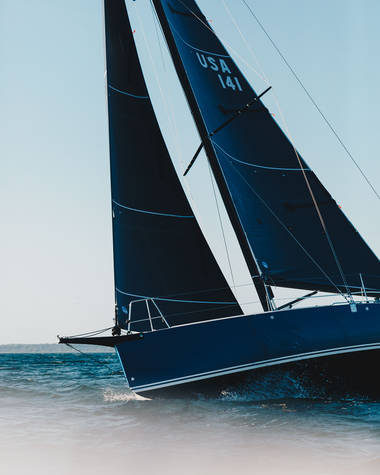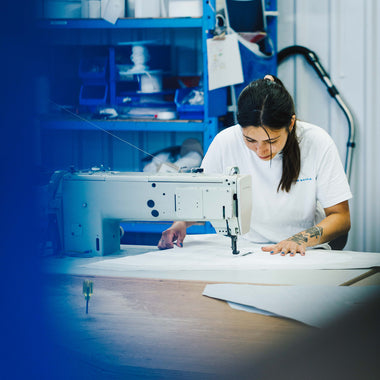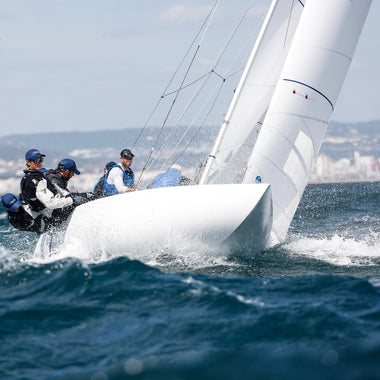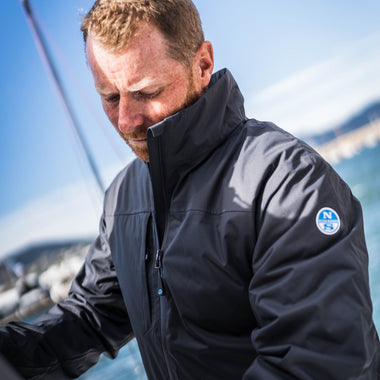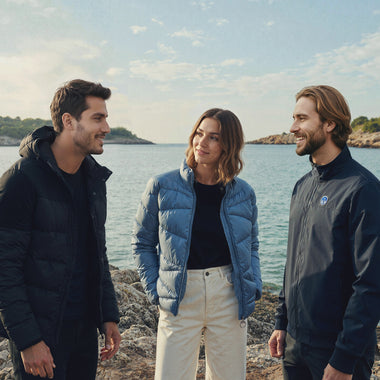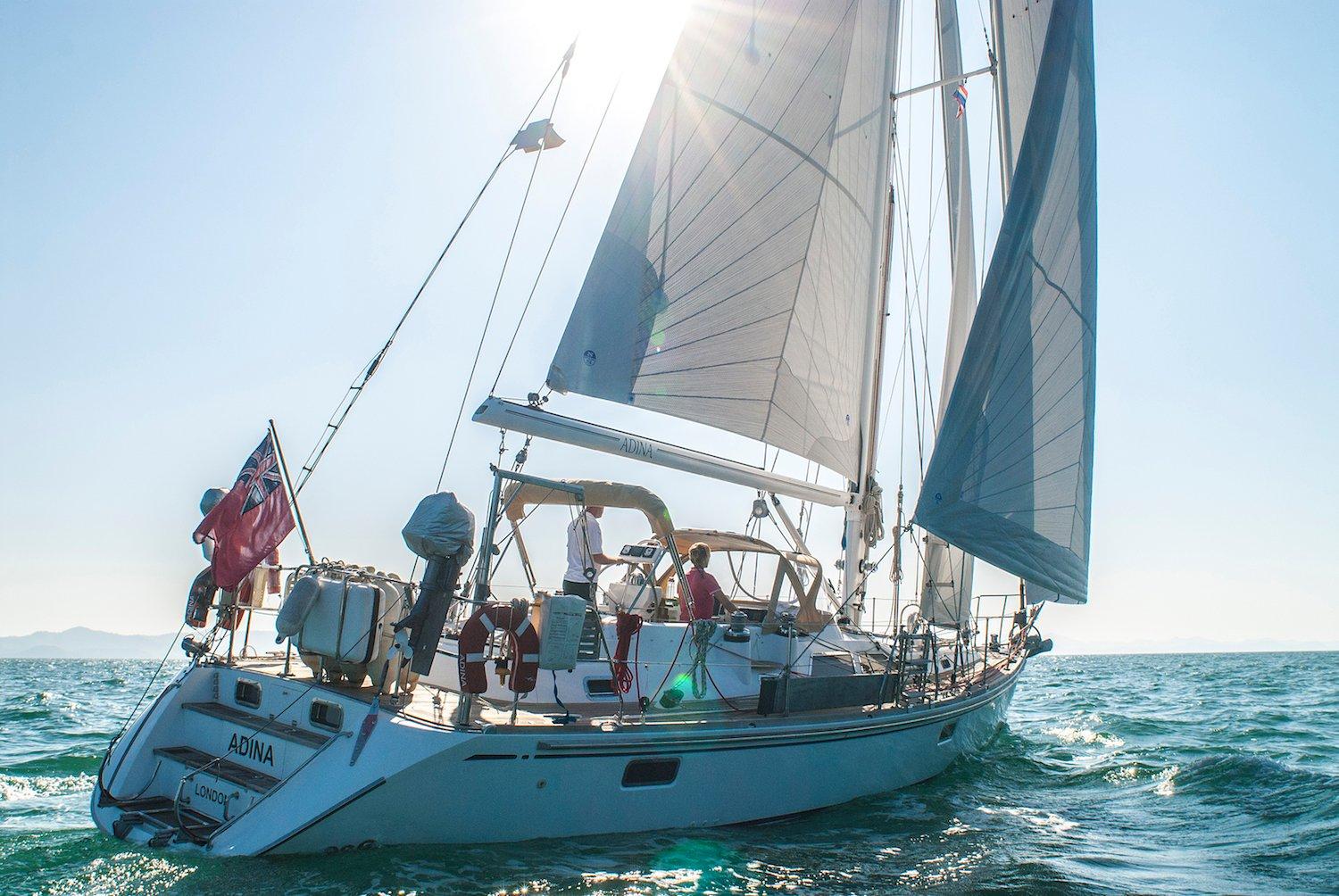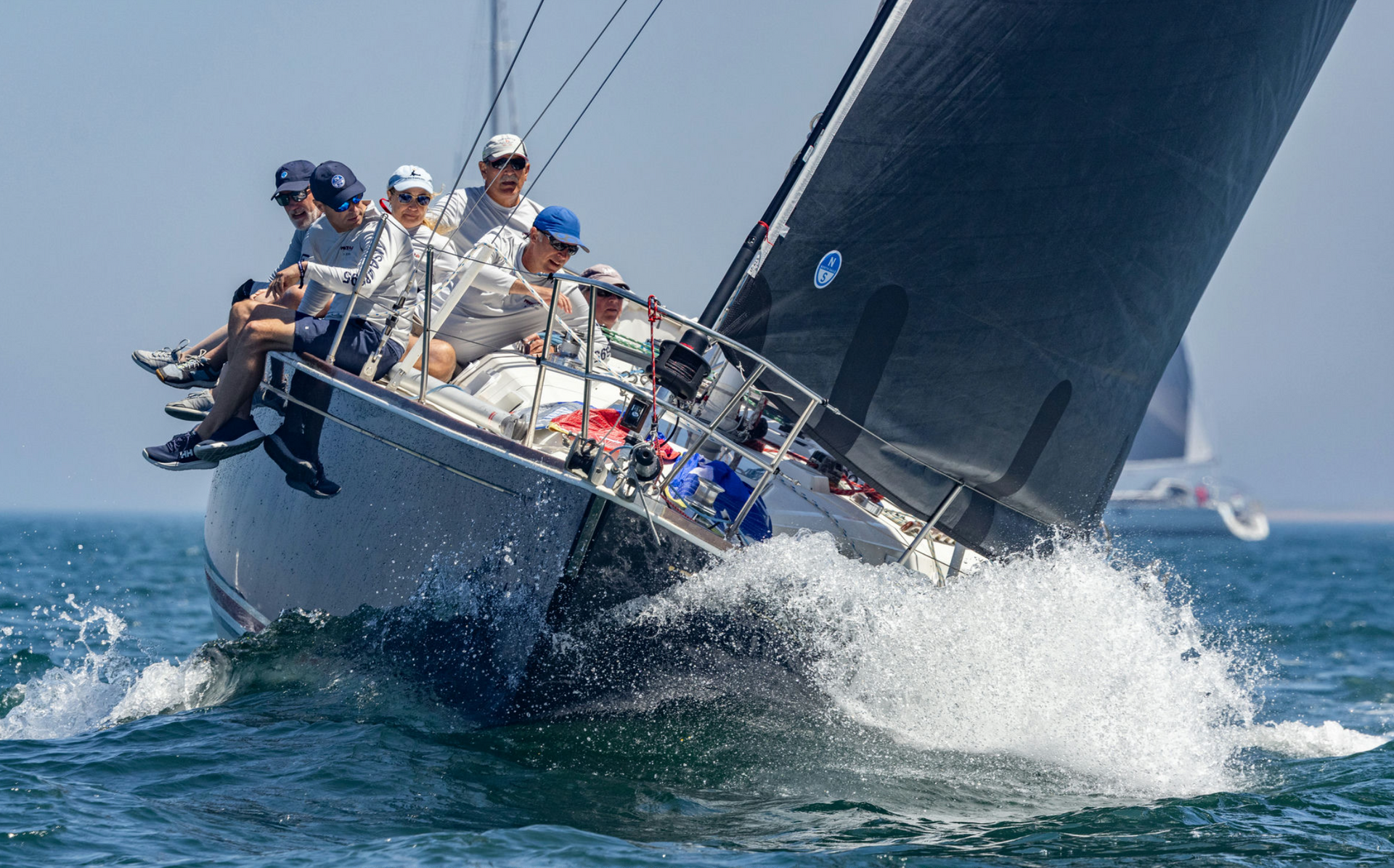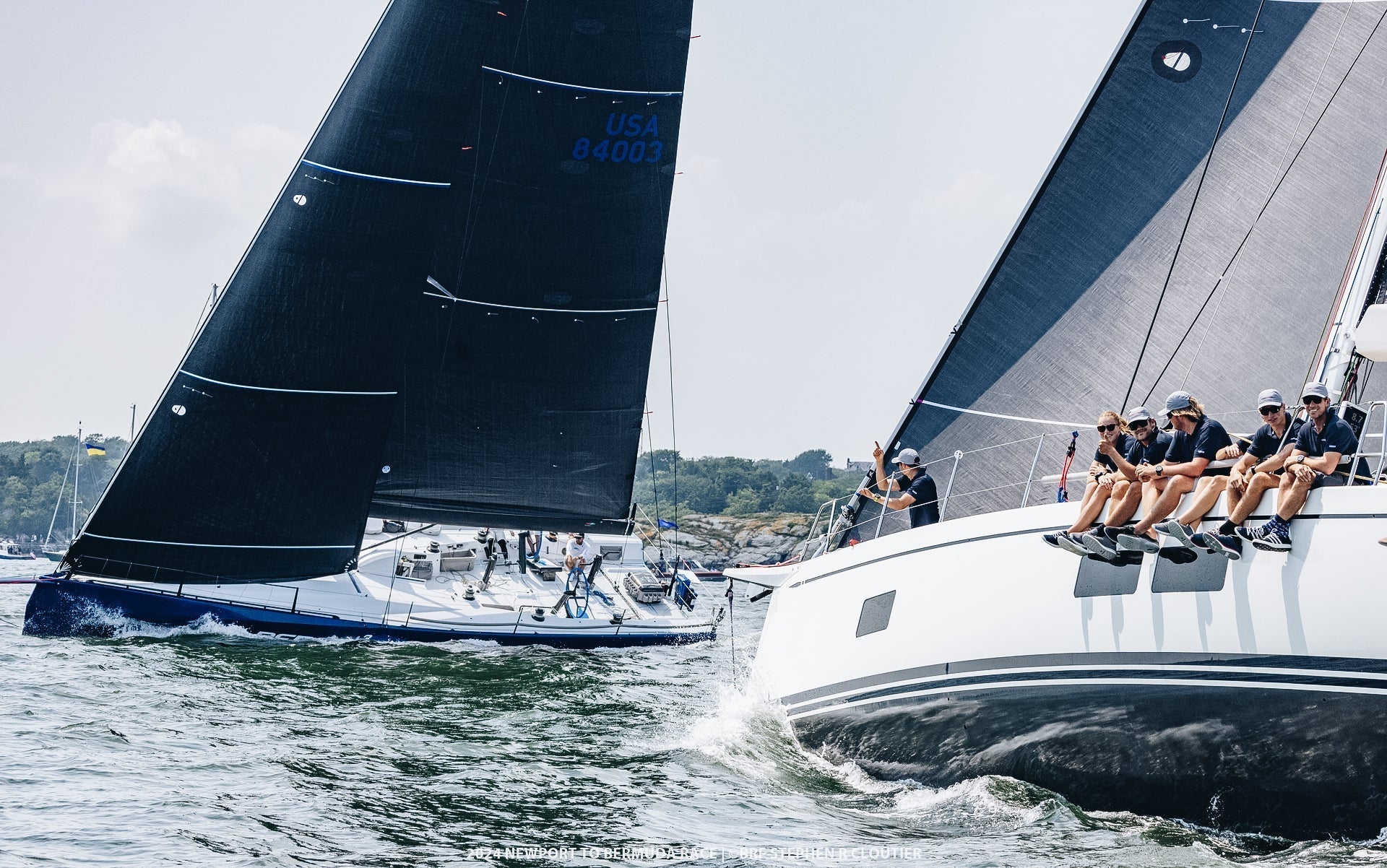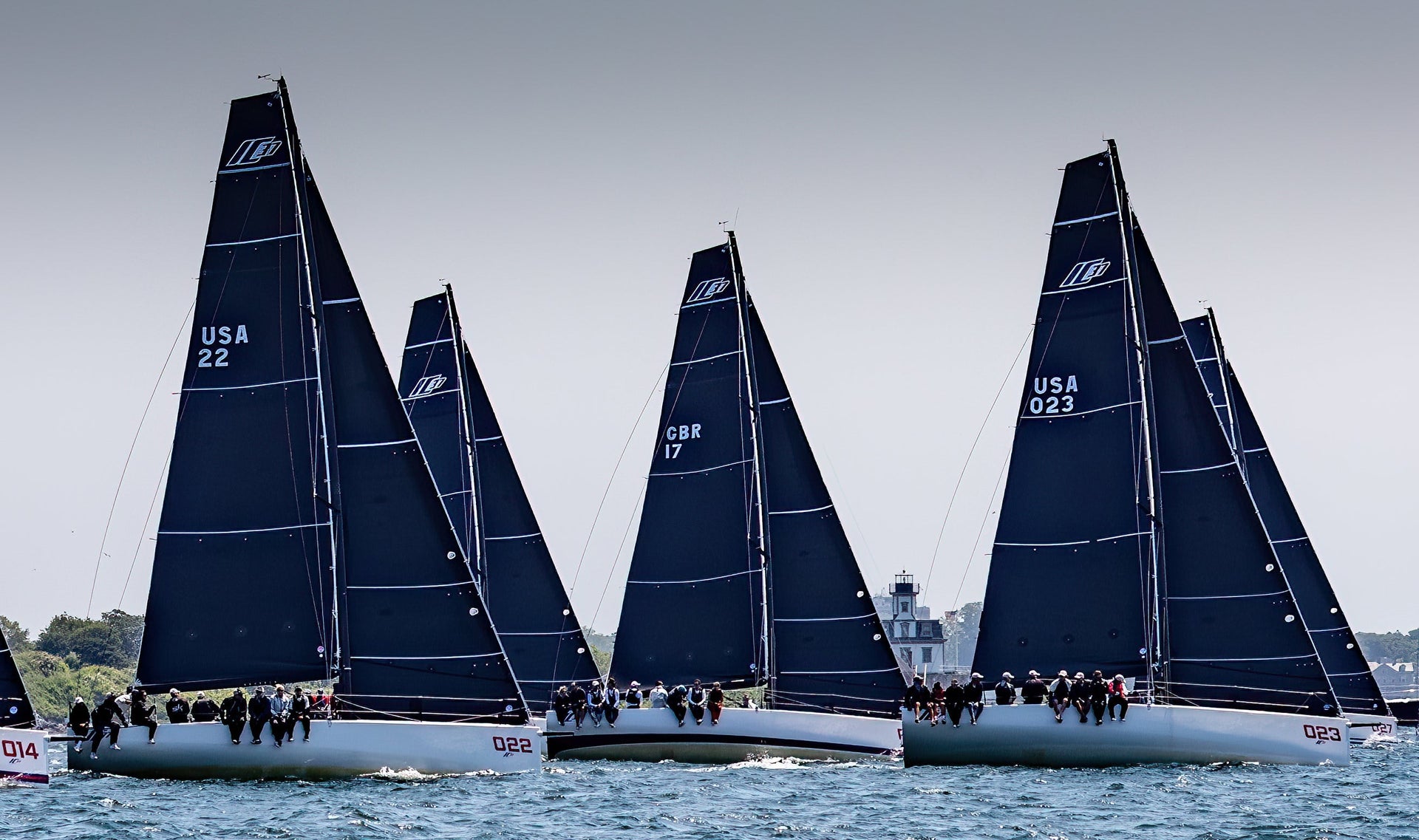ADINA EXPLORES SRI LANKA PART 1
ADINA EXPLORES SRI LANKA: PART 1
Tom and Susie Partridge explore the natural beauties of Sri Lanka onboard Adina
After two months of solid work in Malaysia and Thailand readying Adina for the new sailing season, we were all set to go. Our target this year is Cape Town, South Africa, sailing across the Indian Ocean. Along the way we plan to visit Sri Lanka, the Maldives, British Indian Ocean Territory (Chagos), the Seychelles, Comoros and Madagascar, each one promising its own form of adventure. The first leg of 1120 nautical miles from Thailand to Sri Lanka is actually the longest we should undertake on our way to Cape Town. Leaving the creature comforts of South East Asia behind, the initial winds were light and sailing downwind we flew our spinnaker as we eased into our passage. The forecast for the North East trade winds to fill in directly from behind and strengthen with increasing seas soon proved to be accurate. Cruisers by nature will always chase a rhumb line – gybing way off course downwind for more speed is left to our racing brothers and sisters! In this case to keep sailing a downwind rhumb line meant sailing wing-on-wing or goose-winging as it is more eloquently known, flying one sail to port and the other to starboard. On Adina this means we pole our genoa out to the one side and pin the mainsail on the opposite side. The downside to this is that it is without doubt the most uncomfortable point of sail as the boat will roll – no escaping it, we really should learn to sail off course! We’ve spent ages researching how to reduce the roll and at the end of the day it boils down to your boat design – some boats roll more than others. We deploy a few techniques which are largely based around the sea state. In predictable seas it pays to get as much sail up as you safely can, the faster speed making for a smoother ride. In sloppy irregular seas we will bring the mainsail in so that it is trimmed for a beam reach to help reduce the roll. Another tip is to reduce any twist in the top of your genoa by sheeting on or lowering the spinnaker pole.
After eight days of exhilarating sailing we made landfall in Galle, a port located in the south-west of Sri Lanka. A night time arrival, we slowly and carefully found ourselves a protected spot to drop the anchor and get some sleep. Lengthy formalities complete, the next afternoon we headed fifteen nautical miles east to the delightful fishing harbour of Mirissa which was to be Adina’s home for four weeks. Sri Lanka represented a new cultural experience on our trip and we were excited to explore the country renowned for its many sights and friendly people. In fact it wouldn’t be wrong to say we took one look, smiled with glee and ran at it, arms waving madly. Tuk-tuks – bring it on; mad local buses – we’ll try them; spicy food – we’ll eat it!
Sri Lanka is often referred to as a gentler, calmer version of India and we think that’s an apt description. Except when it comes to the driving. Our tuk-tuk driver, Suranga, took us to visit the old fort at Galle and demonstrated why Formula One racing should seriously consider Sri Lanka as a place to source their drivers. There’s definitely a pecking order on the roads here. Tuk-tuk drivers are bottom of the ladder and to survive they need fast reflexes; buses and vans will happily mow them down but they duck and dive here and there finding gaps, dodging pedestrians and dogs. Next up the pecking order are vans and cars – probably the most comfortable form of travel, they have to keep their eyes on the tuk-tuks and bigger buses. Buses rule, they are bigger and they know it. Through the mountainous interior they tear along, throwing themselves around corners, seemingly determined to run man, dog, stray monkey and tuk-tuk down. A town centre doesn’t mean they slow down – they keep going! It’s a brave man who sits at the front of the bus looking forward. Yet we always felt safe and it made us smile and chuckle as we hurtled and bounced along.
- The old fort town of Galle where Adina completed formalities
- Black lake in Mihintale, the birthplace of Buddhism in Sri Lanka
- Elephant in Yala National Park
- Spending time with the ladies
Sri Lanka has a wide variety of sights to be seen. Temples old and new abound and religion is an important aspect of life with people taking time to pray, reflect and make offerings. There are countless national parks to explore and we were fortunate enough to tick off sightings of leopard, elephant, deer and more crocodiles than we had expected! Up in the hilly interior temperatures are cooler and with Sri Lanka being the world’s third largest tea producer a visit to a tea plantation to learn more about this product we English so enjoy was a must!
A highlight for us was walking up Adam’s Peak, a pilgrimage site for the people of Sri Lanka, climbing 5500 steps to see the Buddha footprint that sits at the top of it. We had timed our visit on a weekend – or should we call that planning gone awry? Thousands turned up with us to complete the pilgrimage! The goal is to see the sunrise from the top so we duly set off at 1.30am. What we found most impressive about the pilgrimage is that the entire family comes along, and we mean the entire family; junior, the teenagers, boyfriend, girlfriend, Mum, Dad, Aunty, Uncle and the grandparents too! We saw little ones less than five years old and old ones well into their eighties.
After two hours of focused climbing, the mass now five people wide came to a complete halt as far as the eye could see. We saw some teenagers scampering off down a side path and were able to follow them and make it to the summit using a different approach to enjoy a magnificent sunrise. Walking back down we could still see long queues waiting to reach the top. And lots of tired weary bodies slowly going down. We went as fast as we could, fired up by the thought of the tasty local dish of pancake-like hopper, banana and honey waiting for us at the bottom!
Travelling around, we opted to stay in local homestays which gave us the chance to meet local people. On Adina we like to cook recipes that we collect from around the world and our hosts were always only too happy and proud to show us how they prepare their curries. Sri Lankan curries take a long time to prepare and the reason quickly becomes obvious. Rice and curry (not curry and rice) always consists of three to five curries (and sometimes ten on special occasions) whereas in most countries it’s just one curry. The individual curry sizes are smaller but three to five curries takes a lot of preparation. And tasty they certainly are.
After just over two weeks of travel we returned to Mirissa and worked to prepare Adina for her next leg to the Maldives. A break in our preparations involved a trip to the North Sails loft just outside Colombo. It’s not every day you get to see where your sails are made and we had heard a lot of good things about the loft so were quite excited to see it all.
Below: Looking out from the fishing village of Mirissa, on the south end of Sri Lanka
